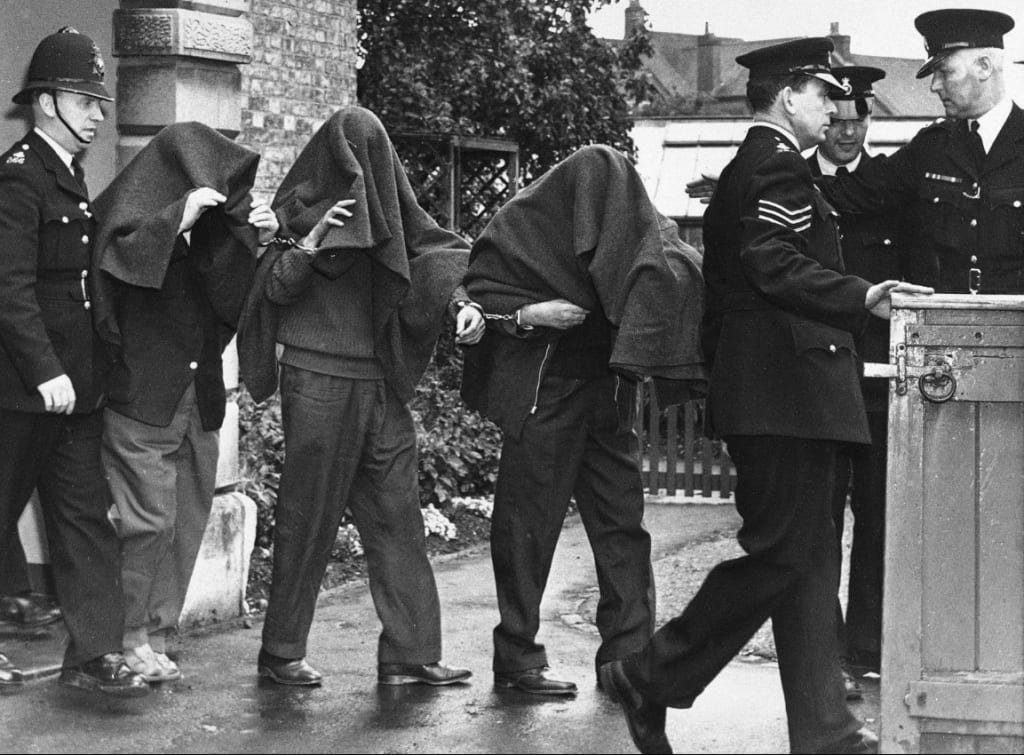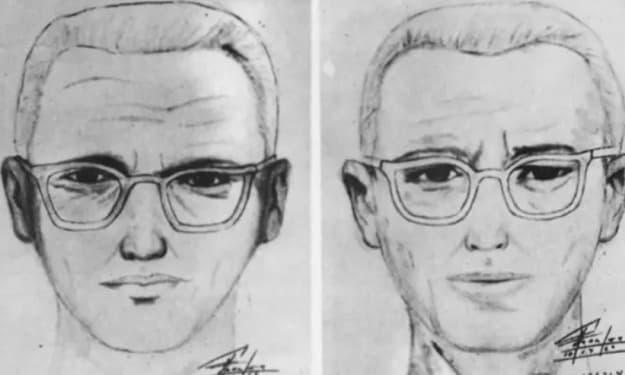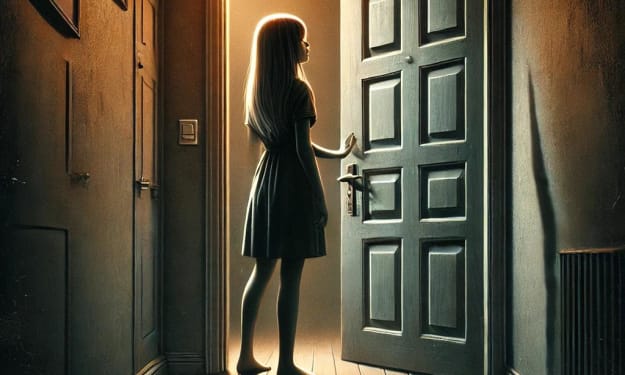The Great Train Robbery (1963): A Daring Heist That Shook Britain
In the early hours of August 8, 1963, a gang of fifteen men pulled off what would become one of the most infamous heists in British history. The Great Train Robbery, led by mastermind Bruce Reynolds, saw the robbers intercept a Royal Mail train and make off with £2.6 million, equivalent to about £53 million today. This daring and meticulously executed operation not only captivated the public but also left a lasting legacy in the world of crime, inspiring numerous films, books, and TV shows for years to come.

The Great Train Robbery of 1963 stands as one of the most audacious and iconic heists in modern history, capturing the imagination of the public and inspiring countless films, books, and television series. This meticulously planned robbery saw a gang of 15 robbers intercept a Royal Mail train and make off with £2.6 million, equivalent to about £53 million today. The sheer scale and boldness of the operation have cemented its place in the annals of criminal lore.
The Mastermind Behind the Heist
Bruce Reynolds, a seasoned criminal with a penchant for high-stakes jobs, was the mastermind behind the Great Train Robbery. Reynolds envisioned a heist that would not only yield a significant financial reward but also showcase the meticulous planning and precision of his criminal crew. His background in criminal enterprises, combined with his strategic thinking, made him the ideal leader for such an ambitious undertaking.
Planning the Perfect Crime
The planning for the Great Train Robbery began months in advance. Reynolds assembled a team of skilled criminals, each chosen for their specific expertise. Among them were Gordon Goody, a professional thief; Buster Edwards, known for his strength and resourcefulness; and Roy James, an accomplished getaway driver.
The gang conducted extensive reconnaissance, studying the schedules and security measures of the Royal Mail train, which routinely transported large sums of money from Glasgow to London. They also secured a remote farmhouse, Leatherslade Farm, as a hideout where they could lay low after the heist.
The Execution of the Heist
In the early hours of August 8, 1963, the plan was set in motion. The gang used a fake signal light to stop the Glasgow-to-London Royal Mail train at a remote location near Bridego Bridge in Ledburn, Buckinghamshire. Once the train came to a halt, the robbers overpowered the driver, Jack Mills, and separated the engine and first two carriages from the rest of the train.
Inside the targeted carriages were 72 mailbags filled with cash. The gang efficiently loaded the bags into a waiting truck, a process that took about 30 minutes. Despite the complexity and scale of the operation, it was executed with remarkable precision, underscoring the meticulous planning that had gone into the heist.
The Aftermath and the Manhunt
After the robbery, the gang retreated to Leatherslade Farm, where they planned to divide the loot and lay low. However, their meticulous planning unraveled due to a series of missteps. The police quickly identified the farm as the gang's hideout, thanks to a tip-off and forensic evidence left behind, including fingerprints on a Monopoly board the gang had used to pass the time.
The subsequent manhunt was one of the largest in British history. The police arrested most of the gang members within months, and the majority were convicted and sentenced to substantial prison terms. Bruce Reynolds evaded capture for five years, living as a fugitive in Mexico and Canada before being arrested in 1968.
The Cultural Impact of the Great Train Robbery
The Great Train Robbery captured the public's imagination and became a symbol of daring and ingenuity. It highlighted both the allure and the consequences of a life of crime, and its impact on popular culture has been profound. The heist has inspired numerous films, books, and television series, each exploring different facets of the story.
One of the most notable adaptations is the 1969 film "The Italian Job," which, while not a direct retelling, was heavily influenced by the audacity and style of the Great Train Robbery. More recently, the 2013 TV series "The Great Train Robbery," commemorating the 50th anniversary of the heist, provided a detailed dramatization of the events, bringing the story to a new generation.
Lessons from the Heist
The Great Train Robbery serves as a case study in the complexities of criminal planning and the inevitability of justice. Despite their initial success, the gang's downfall was precipitated by a combination of human error and relentless police work. Their story is a testament to the fact that, no matter how well-planned a crime may be, there are always unforeseen variables and consequences.
In the end, the Great Train Robbery remains one of the most famous heists in history, a blend of brilliance and folly that continues to captivate and inspire. The legacy of Bruce Reynolds and his gang endures, reminding us of the thin line between audacious success and ultimate failure in the world of high-stakes crime.
About the Creator
Jane Doe
As a passionate storyteller, I captivate readers with engaging, well-researched articles across genres from criminality and poems to lifestyle and more....
Join me for insights, tips, and narratives that inform and entertain.
Enjoyed the story? Support the Creator.
Subscribe for free to receive all their stories in your feed. You could also pledge your support or give them a one-off tip, letting them know you appreciate their work.






Comments
There are no comments for this story
Be the first to respond and start the conversation.